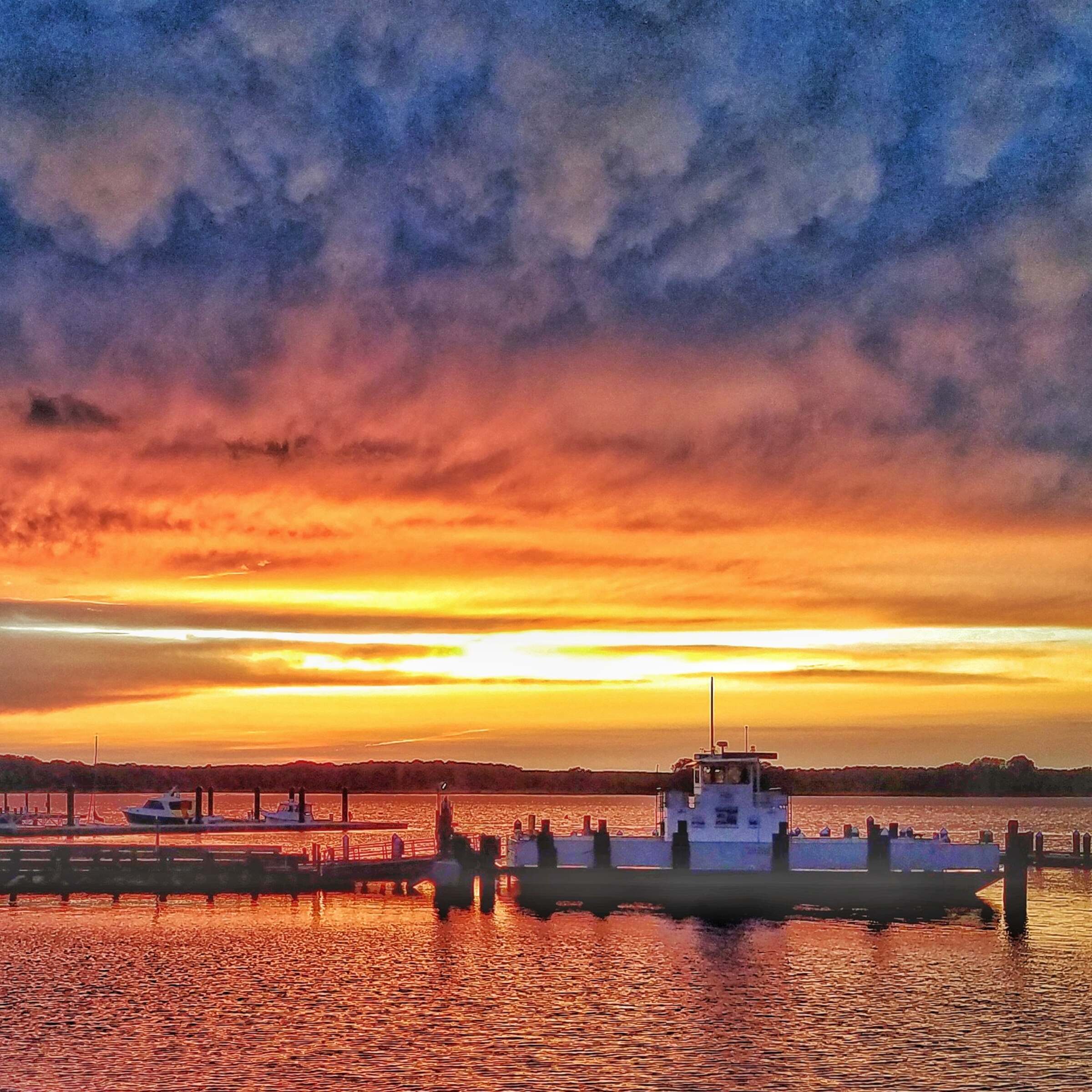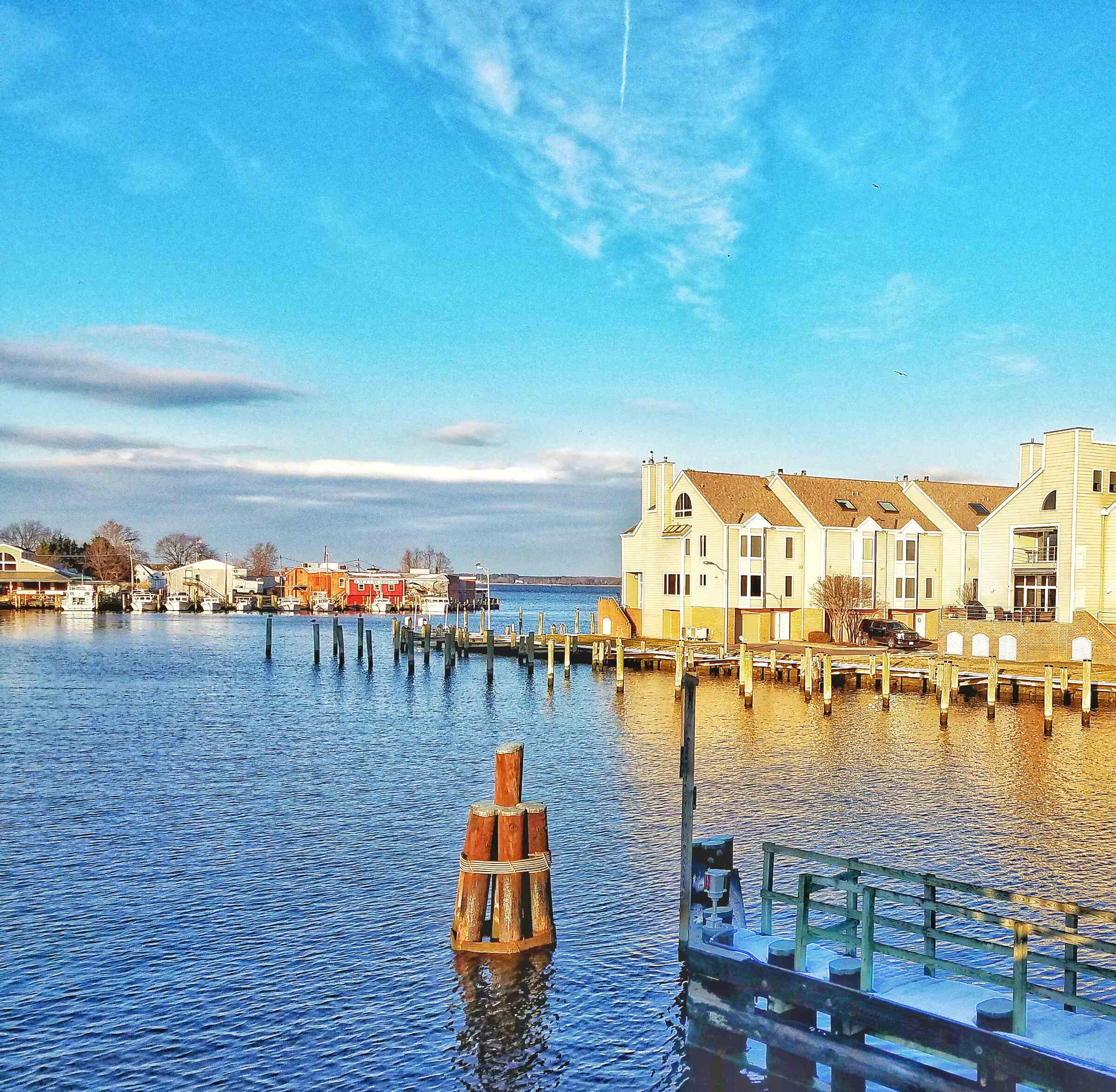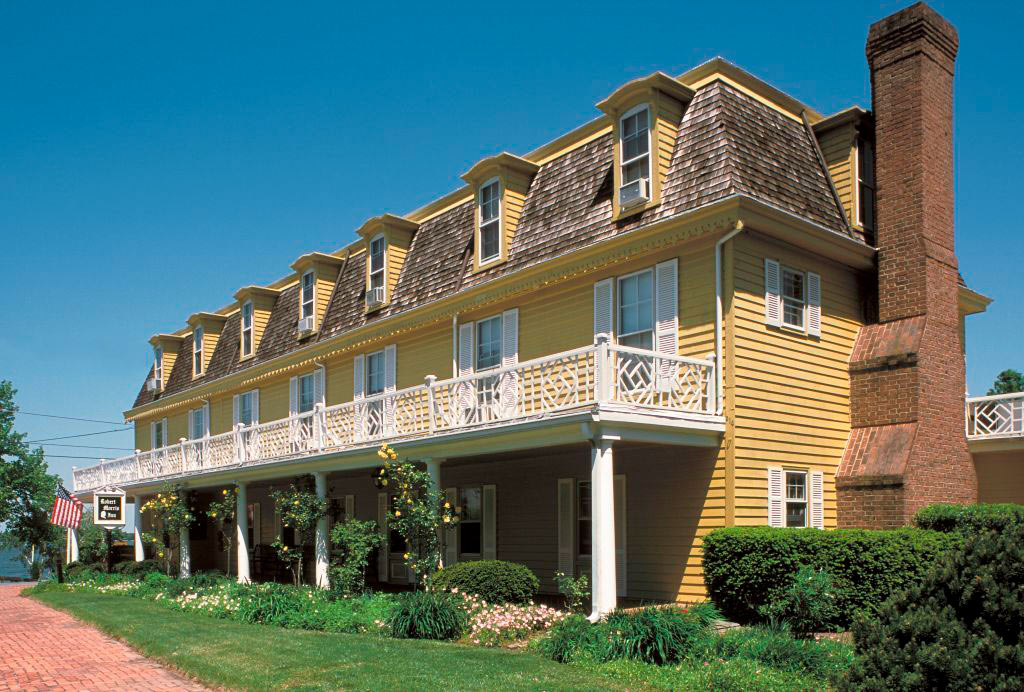Oxford, Maryland's Amazing History
Learn about the fascinating history of Oxford, Maryland. We know Oxford made its first appearance on a European map way back in 1670. Discover Oxford's Amazing History! Immerse yourself in the captivating past of Oxford, Maryland - a hidden gem steeped in rich history waiting to be explored. As you wander through the charming streets of this idyllic waterfront town, you'll uncover the fascinating tales that have shaped Oxford into the vibrant destination it is today. From its inception as a colonial port in the 17th century to its pivotal role during the War of 1812, Oxford showcases a tapestry of stories that will transport you back in time. Delve into the world of maritime heritage as you visit the renowned Robert Morris Inn, the oldest full-service inn in America, and witness the impressive Oxford-Bellevue Ferry, in operation for over three centuries. With each step you take, Oxford's history comes alive, inviting you to be a part of its extraordinary narrative.
Discover Historic Oxford, Maryland
Oxford-Bellevue Ferry Service Since 1683
And here's a little secret for our Sandaway Suites & Beach guests: we're perfectly situated for easy access to the Oxford side of the ferry! Just a short, pleasant stroll from our doorstep, you can hop aboard and enjoy a quick trip to Bellevue and onward to St. Michaels and Tilghman Island. It's a fantastic way to explore the area without the hassle of a long drive. The ferry isn't just convenient; it's a part of the local culture, a living piece of history. It's a great way to experience the beauty of the Chesapeake Bay, and it's right here, practically in our backyard! So, come stay with us at Sandaway, and let the Oxford-Bellevue Ferry be a highlight of your unforgettable Chesapeake Bay getaway."
Historic Oxford, Maryland Home to Native Americans
Oxford, MD and Its Connection to Europe
Oxford, Maryland from Revolutionary War to Civil War
Oxford, MD After the Civil War
Oxford experienced a wonderful growth in population, businesses, community services, churches, and tourism. This was particularly true as people from bustling cities like Baltimore and Philadelphia sought out more refreshing and pleasant destinations. The cozy boarding houses and taverns along the river were transformed into charming guest houses and hotels. Riverview House 1875 (now Robert Morris Inn), Eastford Hall Hotel (1878), Sinclair House 1882 (now Sandaway Suites & Beach), and numerous others provided their guests with beautiful water views, opportunities for bathing, refreshing breezes, and delicious fresh food. It was truly a delightful place to visit!
Oxford, Maryland - From World War to Tourist Destination
Unfortunately, the second wave of prosperity in Oxford was also quite limited. By the time World War II broke out, disease and rampant overfishing had a devastating impact on the oystering population in the Bays. This led to a slow and painful decline of the industry, which was the main source of livelihood for the town. As a result, the packing houses gradually closed down one after another, leading to the closure of supporting businesses as well. This unfortunate turn of events greatly impacted the community once again.
When America's postwar economic boom revived, Oxford's economy wasn't fueled by new industries or businesses. Instead, the residents and their elected commissioners made a conscious decision to build Oxford's future on its traditional culture. They lovingly preserved the working waterfront, tree-lined streets, charming brick sidewalks, and fenced-in yards that have always been a part of this town's appeal. Their efforts were recognized when Oxford was designated as a National Historic District in 2005, and to this day, it remains an attractive destination for tourists and sailors alike. It's not just a picturesque place; it's also a peaceful haven to call home.
Sources and additional informaton links for Oxford, MD history.
Oxford by The Oxford Museum - The Oxford Museum (oxfordmuseummd.org)
 Historic Oxford-Bellevue Ferry - Shortcut to Saint Michaels, MD
Historic Oxford-Bellevue Ferry - Shortcut to Saint Michaels, MDOther Articles you may like

As you gear up for a day of sun-soaked fun at Sandaway Suites & Beach in Maryland, it's essential to prioritize sun safety while reveling in the beautiful surroundings. The warm sands and sparkling waters beckon, but sun exposure can pose risks that can dampen your day. By arming yourself with the ultimate beach sun safety tips, you can ensure that your beach experience is not only enjoyable but safe too. From selecting the right sunscreen to staying hydrated and knowing when to seek shade, these strategies will help protect your skin and keep your spirits high. So grab your beach towel, prepare for a memorable adventure, and dive into our essential guide to sun safety at Sandaway Suites & Beach! Your day of fun in the sun is just a few tips away.


